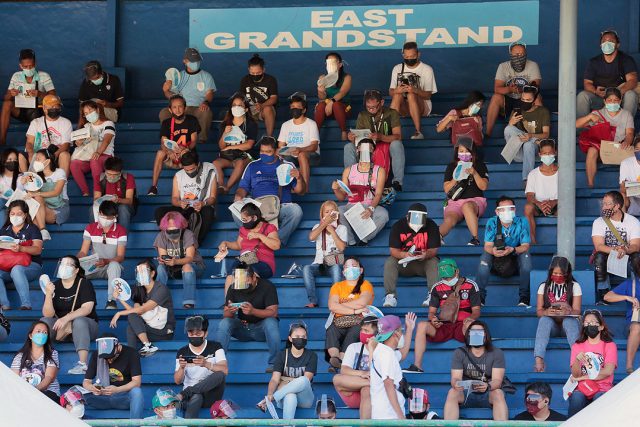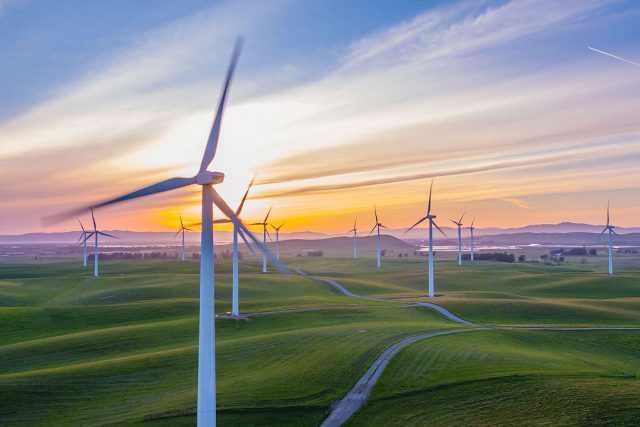By Jenina P. Ibañez, Reporter
KENNETH L. AMBOS, 25, quit his video editing job at a local company a few months into the coronavirus pandemic last year.
His salary was too small to cover the devices, electricity and internet connectivity he needed to do his work from home amid lockdowns meant to contain the virus. He started doing freelance work full time.
The cash coming in is now “orders of magnitude higher,” Mr. Ambos said via Facebook Messenger video, adding that he used his connections at his old job to find projects. He used his earnings not just to pay just his bills but also to renovate his home.
When the global coronavirus pandemic sent markets into a tailspin and disrupted most aspects of daily life, freelancers were hit hard.
It forced many of them to find new ways of working. But not all workers in the creative industry can find new opportunities during the global health crisis.
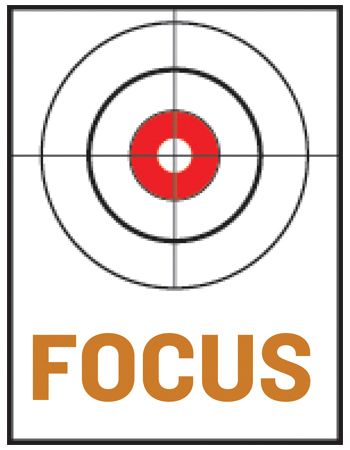 There’s a dearth of data on freelancers in the Philippines. PayPal in a 2018 survey found that freelancers accounted for about 2% of the country’s population.
There’s a dearth of data on freelancers in the Philippines. PayPal in a 2018 survey found that freelancers accounted for about 2% of the country’s population.
Gil Zaire “Butch” Carungay, a board member of Matic Hub — a so-called enabling space for Cebu’s creative community — said the number had probably grown during the pandemic.
Many creative specialists had lost their income, leading them to shift from formal creative work to either freelance digital content creation or noncreative fields, he said, citing the results of a United Nations report on the creative industry in Cebu, for which he worked as a consultant.
Crowd-sourcing platform Ilostmygig.ph said workers from the creative sector lost more than P268 million in potential income from March 27 — days after the main island of Luzon was locked down to contain the pandemic — to June 10 last year.
“Some people I know didn’t want to freelance before,” Mark Ace A. Gatdula, a 38-year-old freelance digital director and editor, said in a Messenger video call. “They have to do it now because they got laid off.”
Some big companies, he added, closed down after running out of projects.
The Creative Economy Council of the Philippines found that those that got hit hard during the pandemic were cinema-based films, performing arts and heritage sites and museums. Television and radio also suffered, along with traditional advertising.
NO WORK, NO PAY
More Filipinos could be turning to freelance work as they lose salaried jobs in the creative industry, but freelancers have a lot of vulnerabilities.
“It’s like a no-work, no-pay type of situation,” Pangasinan Rep. Christopher P. de Venecia, who heads a special House of Representatives Committee on the Creative Industry, said via the Zoom Meetings app. “So if there’s no work, there’s no possible source of income.”
“The fact that they’re not formalized into the economy means that the state experiences difficulty in extending support to them during times of national crisis,” he added.
While the state had set aside funding to help freelancers during the pandemic, the creative associations that the government tapped to identify the beneficiaries had limited reach, said Mr. De Venecia, who is a former child actor.
Freelancers also have problems carried over from before the pandemic, made worse by the health crisis, such as clients delaying payments for months.
“You don’t know when you’ll get paid,” Mr. Gatdula said. He started doing more motion graphics freelance work that became more in demand as the pandemic limited live video shoots. “I hope that there can be a law about it.”
Senate Bill 1810 or the Freelance Protection Act seeks to require clients to pay freelancers within 30 days after a task is completed. It also lists freelancers’ rights, such as safe working conditions and protection from discrimination.
Senator Emmanuel Joel J. Villanueva has said the bill was being expedited. The House version was approved on final reading in March.
“Hopefully, it will institutionalize entering into contracts between the hiring party and the freelancer,” Mr. De Venecia said. The measure also provides penalties for violations, such as late payment.
Mr. Carungay said government registration would bring more creative workers into the formal economy.
“Their needs would be better met. They’ll have access to government aid, whether in terms of capacity building or financing, or grants,” he said. “They’ll have more access to formal networks around.”
The lack of data makes pandemic-related experiences of freelancers and creatives as a whole difficult to assess. Mr. Carungay said they could not be lumped into one box.
“There are freelancers who are doing very well, freelancing on the side because they enjoy it. Others are really doing it to survive and are holding multiple jobs,” he added.
He cited the disparities among different types of creative work. The ability to have paying work during the pandemic could be attributed to the subsector, as live performers lose out and digital content creators get projects.
Some creatives benefit more from freelance work. The animation outsourcing industry reported that it was seeking more talent in the countryside as they lose employees drawn to freelance gigs as they work from home.
Mr. De Venecia said rapport between creatives and clients, including foreign companies, could lead to direct contracts with the client and bypassing the intermediary. But focus should not so much be placed on the removal of the middleman, but on moving the industry from outsourcing to the creation of original work.
Experience and connections also set one freelancer apart from the others. “I’ve been working for a while, so I know my rates. Young fresh graduates get abused. A company will ask them to make a logo for P1,000, and they don’t know any better,” Mr. Gatdula said.
Freelance work does not always translate to more money, he said. Clients are more aware that devices and programs used by independent workers have become cheaper, leading them to temper payments.
He cited the need for an association that represents the many types of creative workers in the country, and a law that protects them.
Mr. Ambos, mentioned at the outset, said he misses the rapport one develops with colleagues in an office, but he prefers doing his freelance work from home. He likes the fact that he no longer has to travel, and most of all, the flexible hours.
“You can take care of yourself,” he said. “All jobs lead to burnout, but if you’re in charge of your time, you can rest and recharge.”


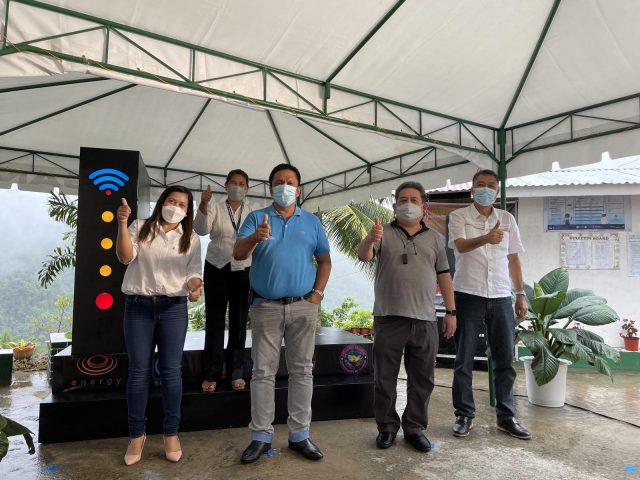
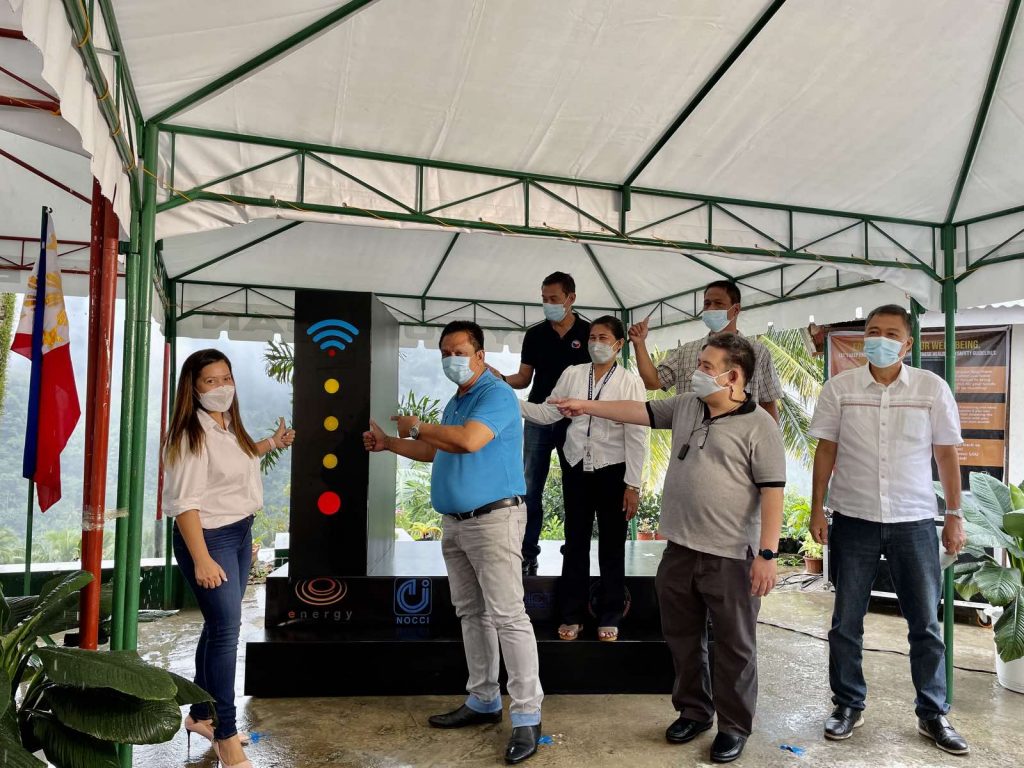


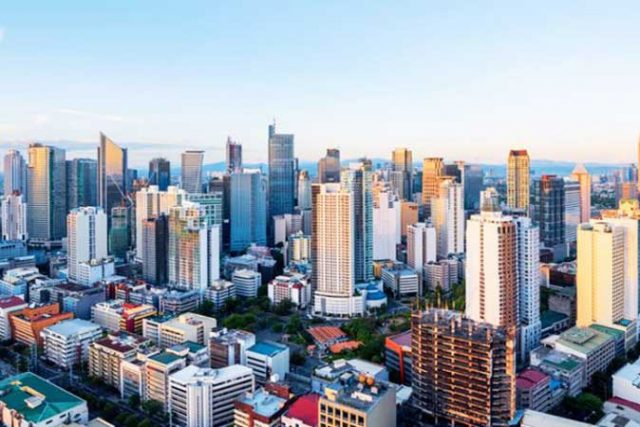
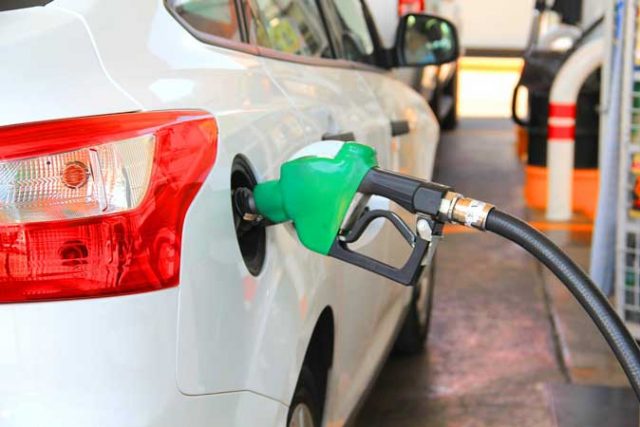


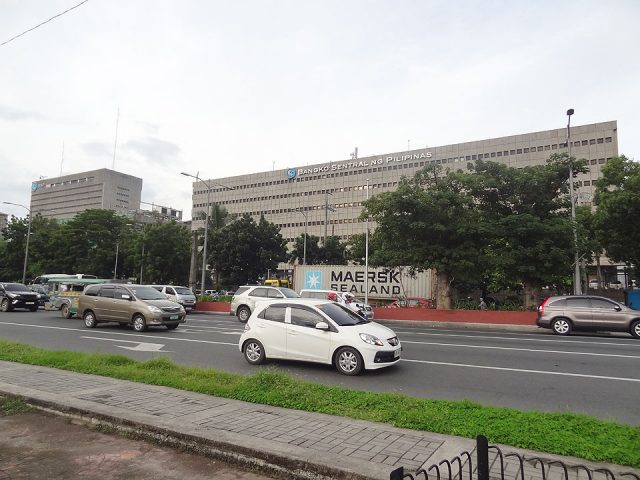

 There’s a dearth of data on freelancers in the Philippines. PayPal in a 2018 survey found that freelancers accounted for about 2% of the country’s population.
There’s a dearth of data on freelancers in the Philippines. PayPal in a 2018 survey found that freelancers accounted for about 2% of the country’s population.